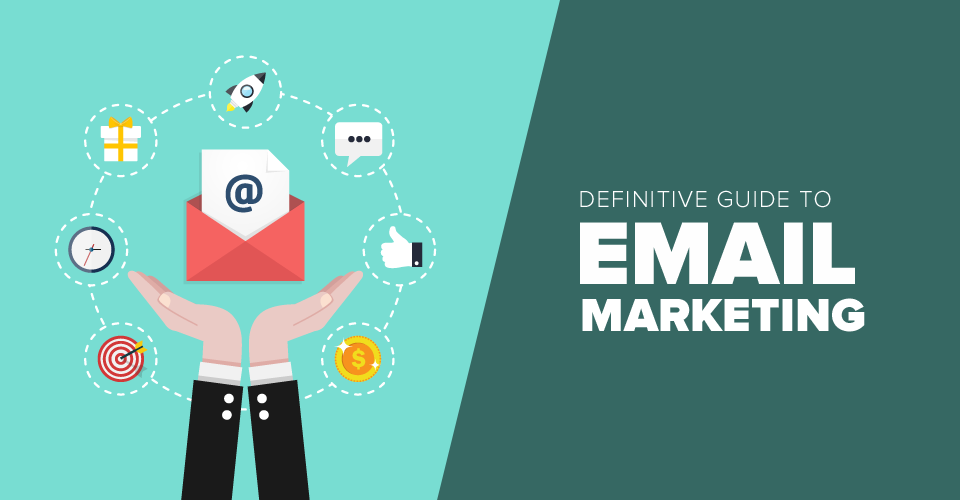Email Marketing / Introduction to Email Marketing / Email Marketing Strategies / Email Marketing Laws and Regulations / Email List Building / Email Content and Copywriting / Design and Visual Elements / Call to Action (CTA) Optimization / Testing and Optimization / Email Marketing Software / Marketing Automation / Email Analytics and Tracking / List Management and Segmentation / Segmentation Strategies / Re-engagement Campaigns / Deliverability and Inbox Placement / Personalization and Customer Relationship / Future Trends and Innovations in Email Marketing / Interactive Email Content / Privacy and Data Protection
Best Practices for Sending Emails at the Right Time
Understanding Your Audience's Time Zone:
The world is a global village, and your subscribers may span different time zones. Utilize data analytics to understand the geographical distribution of your audience and tailor your email send times accordingly. Sending emails at a time when your audience is most likely to be active increases the chances of immediate engagement.
Segmented Timing Based on Behavior:
Leverage behavioral data to segment your audience and send emails at times that align with their typical engagement patterns. For instance, if you have subscribers who frequently open emails in the evening, consider scheduling communications for that time. Personalizing send times based on behavior enhances the relevance of your emails.
Testing and Iterating:
Conduct A/B testing to identify the optimal send times for your specific audience. Test different days of the week and various times within those days to gauge when your audience is most responsive. Continuous testing and iteration allow you to refine your timing strategy based on evolving subscriber behavior.
Consideration of Industry and Content Type:
Industry and content type play a role in determining the ideal send times. B2B audiences, for example, may respond better to emails during business hours, while B2C audiences might be more engaged during evenings or weekends. Additionally, the nature of your content, such as promotional offers or informative newsletters, can influence the best timing for maximum impact.
Avoiding Over-Emailing and Spamming:
Respect Subscriber Preferences:
Give your subscribers the power to dictate their email frequency preferences. Allow them to choose how often they want to hear from you during the subscription process. Providing options for daily, weekly, or monthly updates ensures that you respect individual preferences and reduce the risk of over-emailing.
Consistent Communication Calendar:
Establish a consistent communication calendar to maintain a balanced email frequency. Unpredictable and erratic sending patterns can lead to subscriber confusion and frustration. Whether it's weekly newsletters, monthly promotions, or bi-weekly updates, a regular schedule helps manage expectations and prevents over-emailing.
Monitor Engagement Metrics:
Keep a vigilant eye on engagement metrics such as open rates, click-through rates, and unsubscribe rates. Sudden drops in engagement or an increase in unsubscribe rates may be indicators of over-emailing. Use these metrics to gauge the effectiveness of your email frequency and adjust accordingly.
Clear Unsubscribe Options:
Provide easily accessible and clear options for subscribers to manage their preferences or unsubscribe altogether. Making the process transparent and straightforward shows respect for your audience's autonomy and helps mitigate the risk of your emails being marked as spam.
Conclusion:
Timing and frequency are the silent conductors orchestrating the symphony of your email marketing strategy. By sending emails at the right time and adhering to a balanced frequency, businesses can enhance engagement, build trust, and foster lasting relationships with their audience. Conversely, over-emailing and spamming can lead to subscriber fatigue and damage brand reputation. In the competitive landscape of digital communication, mastering the art of timing and frequency is not just a best practice; it's a strategic imperative for achieving sustained success in email marketing.
Email Marketing / Introduction to Email Marketing / Email Marketing Strategies / Email Marketing Laws and Regulations / Email List Building / Email Content and Copywriting / Design and Visual Elements / Call to Action (CTA) Optimization / Testing and Optimization / Email Marketing Software / Marketing Automation / Email Analytics and Tracking / List Management and Segmentation / Segmentation Strategies / Re-engagement Campaigns / Deliverability and Inbox Placement / Personalization and Customer Relationship / Future Trends and Innovations in Email Marketing / Interactive Email Content / Privacy and Data Protection
